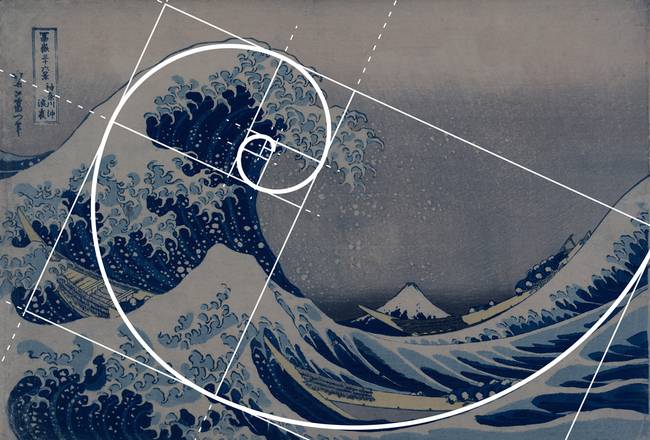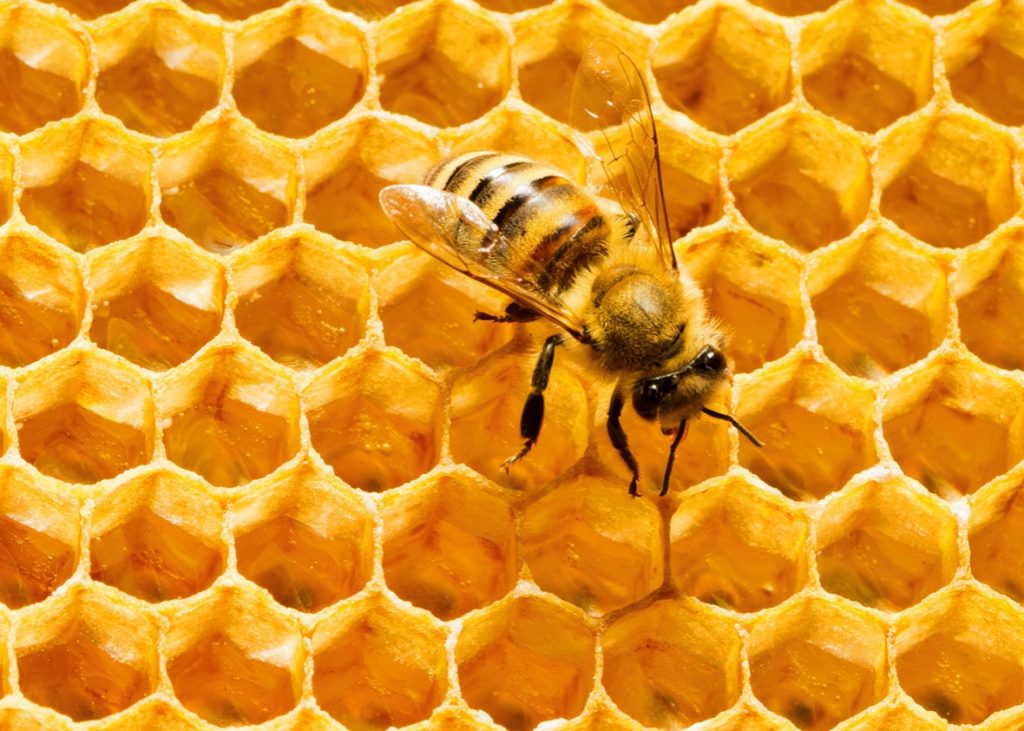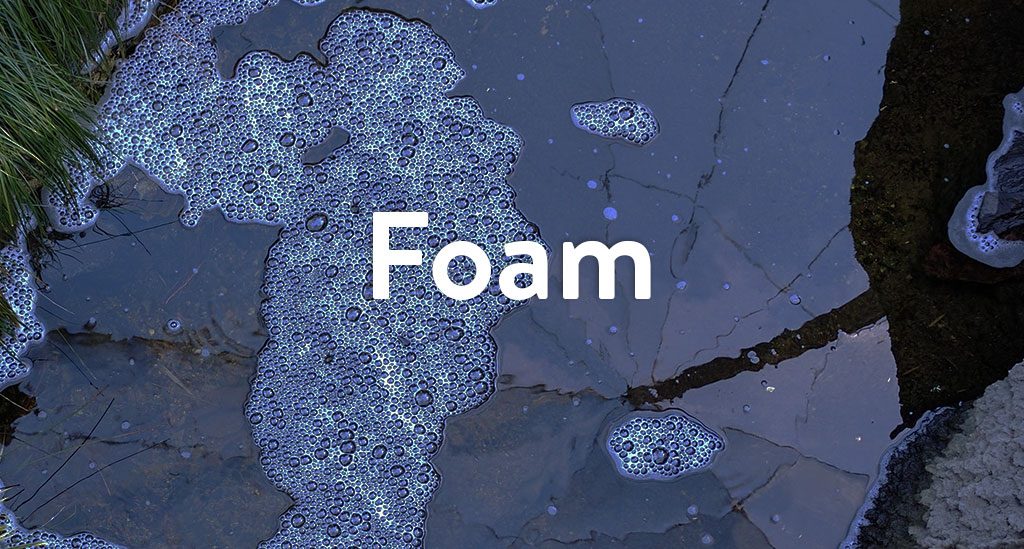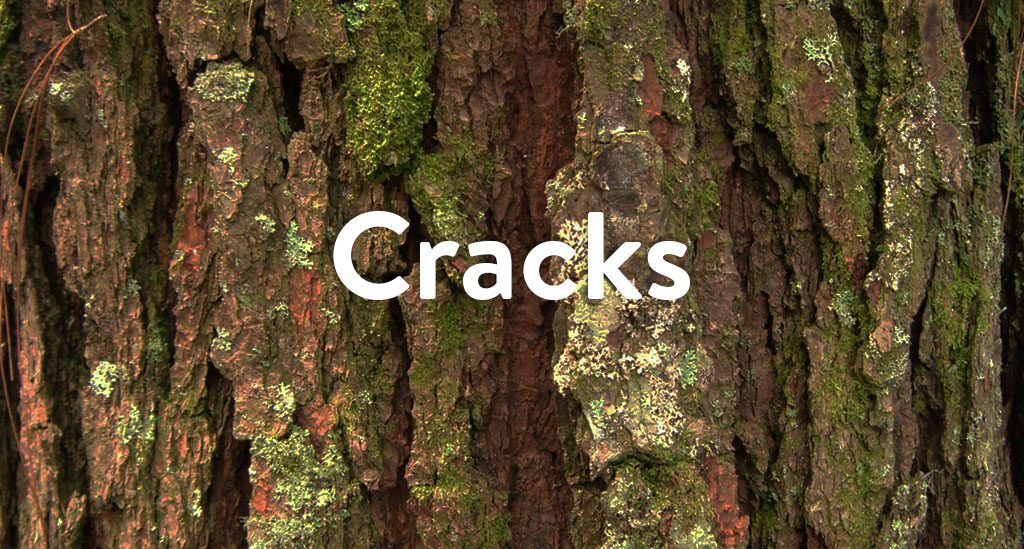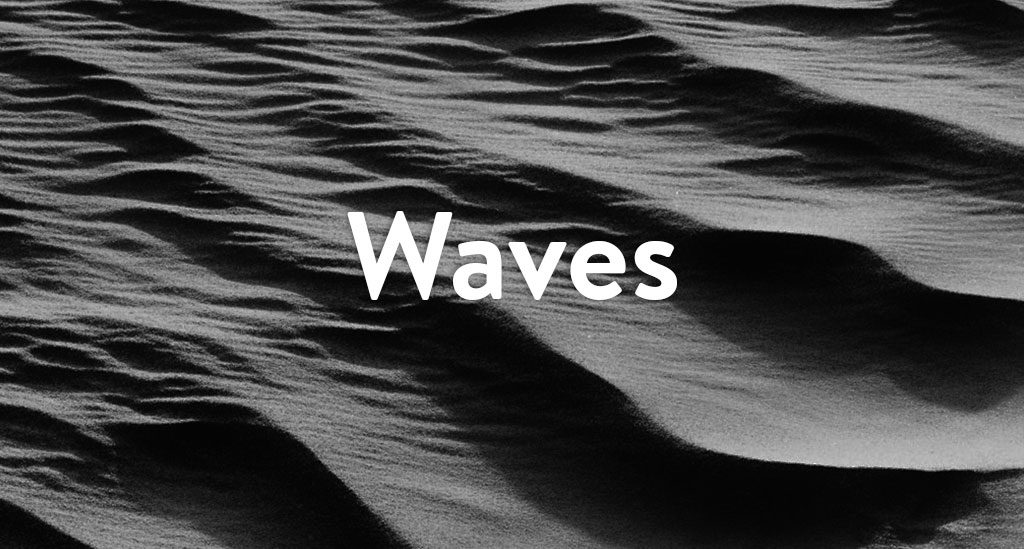Blog
The Mathematics of Nature’s Patterns
If you are looking for more information about the mathematics behind patterns, but math was not your favorite subject, here is a rudimentary review for those of us who are not math-inclined.
For an overview of the math behind nature’s patterns, check out this video. Produced by Alom Shaha in a straightforward manner, it discusses the mathematics behind the patterns found in nature from Pythagoras to Fibonacci.
Fibonacci
If you search online for information about nature’s patterns you will find Fibonacci everywhere. Just like his mathematical formula can be found throughout the natural world. The Khan Academy presents three video tutorials about the Fibonacci sequence in detail with imagery and simple language.
Fibonacci in Nature
Live Science explains the origin of the sequence. It began with Fibonacci pondering rabbit breeding and assuming they live forever. Quite a leap to creating a mathematical formula to define nature’s patterns.
Honeycombs, Cannonballs and Bees
The mathematician, Thomas Hales proved the honeycomb conjecture in 1999. This is remarkable. Mathematicians tried to prove this for centuries. Centuries! For a more in-depth look at the math, take a look at this article written by Hales.
Music
In our Nature of Patterns exhibition, children can play with an exhibit showcasing the patterns found in music. Pythagoras was the first to discover the musical harmony we enjoy is, yep, based on patterns, ratios to be precise. This one minute video explains it simply.
Young children love to blow bubbles or play with bubbles. They are playing with one of the fundamental patterns in the natural world. This interesting video discusses foams and froths. It focuses on the structure of foam and how it can be found in the structure of a wine cork to the froth on a cappuccino.
Cracks
Cracks are overlooked because they are so common. It is often a pattern engineers want to avoid, for example a crack in a bridge or a road or a glass. Engineers spend a lot of time trying to determine when a crack can become a catastrophe. This in-depth article discusses the history for fracture mechanics from frozen dirt to fractured rocks.
Waves
Waves are yet another common pattern found in nature. Think about it, waves can be seen crashing on a beach, at the snap of a rope or sound traveling through a speaker. Khan Academy is our final source to explain the physics of wave motion or a disturbance propagating through space. Kids can play with wave patterns and properties at CuriOdyssey. Through this play, they gain a deep understanding of the physical nature of waves.
For interesting facts about the patterns you see in nature around you, read Nature’s Patterns Around You.
For a list of patterns found in nature with images illustrating their beauty, check out Patterns Found in Nature.
Patterns in nature are defined by the language of math. We hope you enjoy our exhibit on The Nature of Patterns.
Join the CuriOdyssey Community
LOCATION
1651 Coyote Point Drive
San Mateo, CA 94401
Ohlone Land Acknowledgement
650-342-7755
info@curiodyssey.org
CuriOdyssey is a 501(c)(3) non-profit, Tax ID 94-1262434



